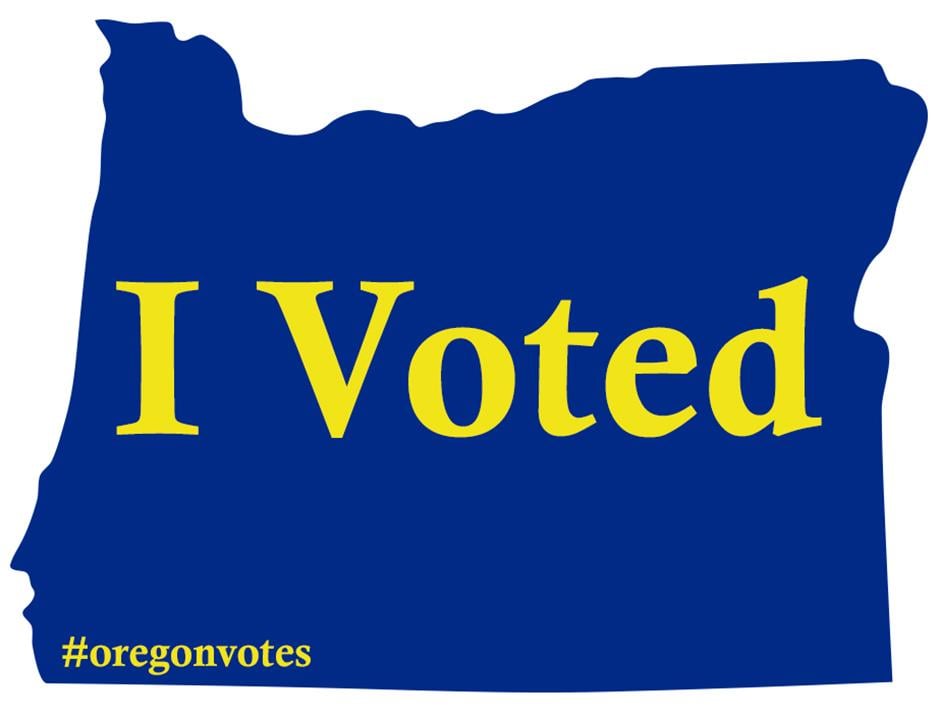I’m moving across the country in a few weeks and am trying to plan my route as I’ll be driving a moving van with a car towed behind it. The entire drive will be 16-17 hours.
Google maps seems limited for searching everything I’d want to take into account for the route (pull through gas stations, height requirements, avoiding mountain highways, etc.) and was wondering if anyone knew of a better way to plan out the trip?
Take the the interstates, pretty much every gas station along those exits will be built to accommodate your situation. I drive from Colorado to Wisconsin and back a couple times a year on I 80 and see a lot of similar setups to what you’ll be doing. It’ll be fine. You got this.
16-17h is like halfway, but sure, it’s a beefy drive.
I’ve done LA to Boston in a Penske (though not towing anything). It’s not that bad once you get used to driving that big old fucker. If you’ve got to cross the continental divide, you’re gonna have to get right with the fact that you are gonna burn a LOT of gas getting up there. The shallow but steady grade is going to mean you’ll have to keep it mostly floored on the uphill. On the downhill, do NOT overuse your brakes. Try to use the transmission for engine braking when and where you can. (Edit) With that said, make sure you understand where the gearing is, because another thing you don’t want to do is moneyshift it (seriously overrev by using too low a gear for the given speed) - modern transmissions should guard against this, but it’s always better to be careful, and who knows what sort of hacks the countless maintenance people have done to dime-a-dozen rental cargo trucks over the years.
Also, before you set out (really, before you accept the rental truck and load it up), it’s a great idea to make sure all the fluids and such are all topped up and looking decent, and that nothing looks sketchy under the hood, as well as around any of the running gear (powertrain) or the suspension. Also, when I did it about a decade ago, the common consensus was that UHaul has shittier maintenance than Penske. Alternatively, if you can find a place renting a truck that’s actually newish and not knackered from doing that drive 100 times already, that’s not a bad option either (though the “check shit out” recommendation still applies in all cases).
In terms of infrastructure/gas stations: as others have said, you are gonna be just fine if you stick to interstates.
Sounds like you’re planning on driving straight through; personally, I split it up into several days, but I was also able to crash with my sister for a day in Colorado, and with my grandmother in PA, though had to pop for a hotel somewhere in Utah as well as just outside of St Louis. If you have a buddy to switch off driving with, that’s great; if you’re soloing… well, do NOT try to just push through your fatigue. That’s a great way to drive yourself and all your shit into a wall or off a cliff if you inadvertently doze off.
More like WHEN* you accidentally fall asleep at the wheel.
If you’re gonna be doing it in one go, make sure your route has plenty of shoulder space. If you start to feel drowsy; pull over, get up and out, try some snacks + water, but most importantly walk around your vehicle.
It gives your brain something to focus on, and arleast for me, gives me another hour of not gonna die driving!
+1
To reiterate: Do not roll the dice on driving while heavily fatigued. You’re gonna have a bad time. It’s as bad as drunk driving.
I believe its actually worse than drunk driving, so really let that thought seep in. Its not worth the gamble, best case only you get hurt. Worst case…
I when I say “drunk driving” here, I mean “hammered”, not “I had a couple beers with dinner”
Stick to the interstates, most problems solved.
Not really much else to know/worry about, except for the start/finish legs, where you’ll have to get on state highways and local roads. There you just stick to the largest roads.
The end point, in a city/town, is where you’ll run into difficulties. Even then, typical rental trucks are no longer than 24ft (unless you have a CDL, but if you did, this wouldn’t be a question).
Take a look at your route on Google maps, specifically where you expect to enter your destination.
I’ve moved across country twice so far and this is pretty spot on. The very beginning and very end of the trip is the only point that’s going to be potentially difficult, otherwise you should always be traveling on a major highway if possible.
The only thing I would add is to plan ahead and make sure you know exactly where you’re going to stop and rest for the night with that length of drive. You’re going to want to plan to get to your final destination in early evening when there is a good buffer of sunlight still around or in the early mid-morning so that you can get as early a start as possible on unpacking. Also make sure you have a lock for the back of the moving truck if you’re stopping anywhere overnight and park the truck somewhere you can see it from your hotel window.
Also sunglasses for morning driving. My first solo trip had me riding a curb early in the morning because the sun blinded me so much
I have traveled extensively, and use this to generate my routes. You can restrict toll road usage, it can automatically plan your gas stops and suggest night stops. You can specify day start and end times, restrict the number of driving hours, and can even include brief stops (like for sightseeing) and it will automatically adjust your entire itinerary. You can specify your planned driving in speed in absolute terms, or in relative terms (as a percentage of the expected speed limit), and if you add or remove a point, it will automatically place it into a point in your itinerary which makes the most sense.
It’s amazing.
My parents used to use AAA TripTiks to plan our trips. Granted this was decades ago in the olden days of paper maps, so I have no idea how good they still are, but apparently they still exist. Worth checking out.
I did a cross-country move about 8 years ago, and just planned each leg of the trip separately. I chose where I wanted to sleep, planned the route to get there, and then did the same for the next leg. There’s really no wrong way to do it as long as you connect the dots and go the way you want to.
Copilot RV Navigation app worked well for me.
I haven’t looked at the RV apps. But I’ve used TruckerPath with great success before. It’s designed for OTR truckers and might have more than you need or be confusing. But it can set height restrictions and give you a lot of info on truck stops that if they can accommodate an 18 wheeler, they can accommodate you.
Having made this sort of move several times in my youth with my parents, and a couple times as an adult, stick to the interstate as the others have said. Don’t worry about the mountains unless you’re doing it in winter, the moving van will be able to handle it if it has been properly maintained. 99% of the gas stations next to the interstate will be able to accommodate your situation, as well. If you can, break it into 3 days of driving 6 hours or so. Figure each stop will be about 30 minutes long with any food stops being up to an hour.
Look into RV communities. They’ve got a lot of the same requirements that you have with your moving van. There are probably apps for that.
Google Maps/Android Auto will route you around any problems on the way, so while it’s good to plan a route, I wouldn’t feel obligated to stick to it if there’s a wreck or a road closure or something.
A quick google showed me :
Rv trip wizard and Roadtrippers.
No clue if they have the features you want, but worth a try.
Couple of thoughts that come to mind that might help. I’ve done a few long haul trips and it’s daunting. It never helps to buy a US road atlas for like 20$ at Walmart. Take a highlighter and mark whatever route you find in Google on it. There are a few places where there isn’t cell service on the interstate but it’s pretty rare now. This will give you a backup but it also forces you to look at your route. Look at the different cities and note how big they are. Get a general idea of how far apart they are. My thought on this is most vehicles you can get 300 miles to the tank. This will kinda help you plan out approximately where you’ll need to stop and gas up. You can also look at your map and see if you’re good for x more miles or if you stop at this gas station you’re passing.
The other thing is plan on stopping every couple of hours. Get out, walk a few, go pee, buy a snack or pull one out of the cooler. A lot of the rest stops along the interstate are pretty decent but don’t expect hot food in most states. You’ll probably find vending machines at most of them.
Do not take Storrow Drive in Boston, other than that you’ll probably be fine.







